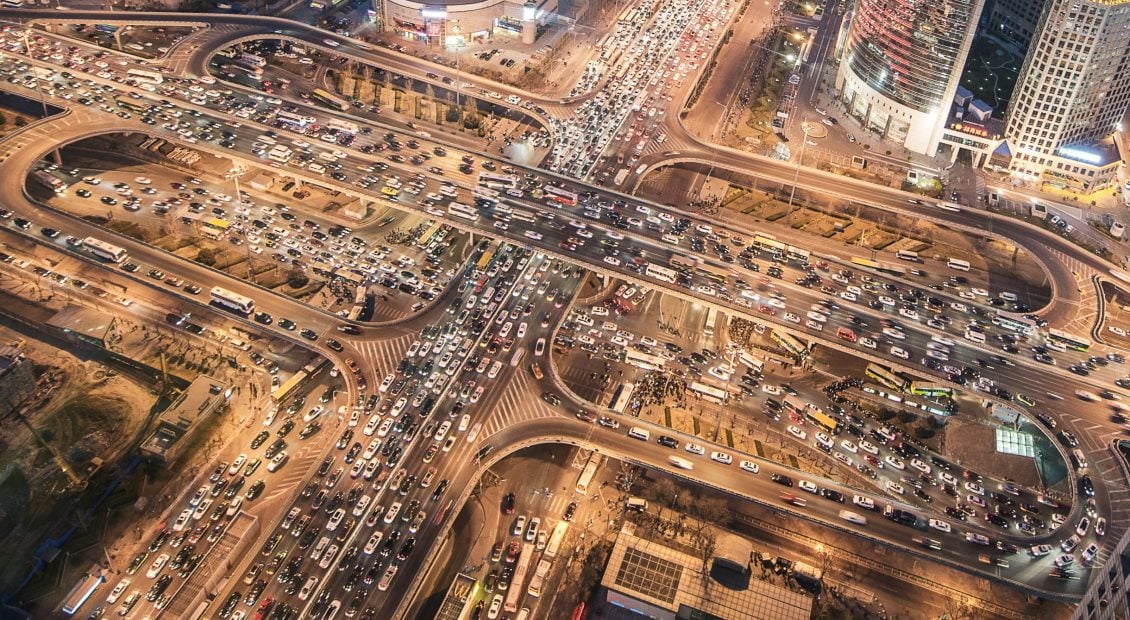
Connected car: From mobile broadband to genuine V2X
The number of connected cars on the road is growing fast. Some use cases for connected vehicles depend on cellular connectivity, but many do not. Telcos need to focus on use cases where they add value to the ecosystem.


